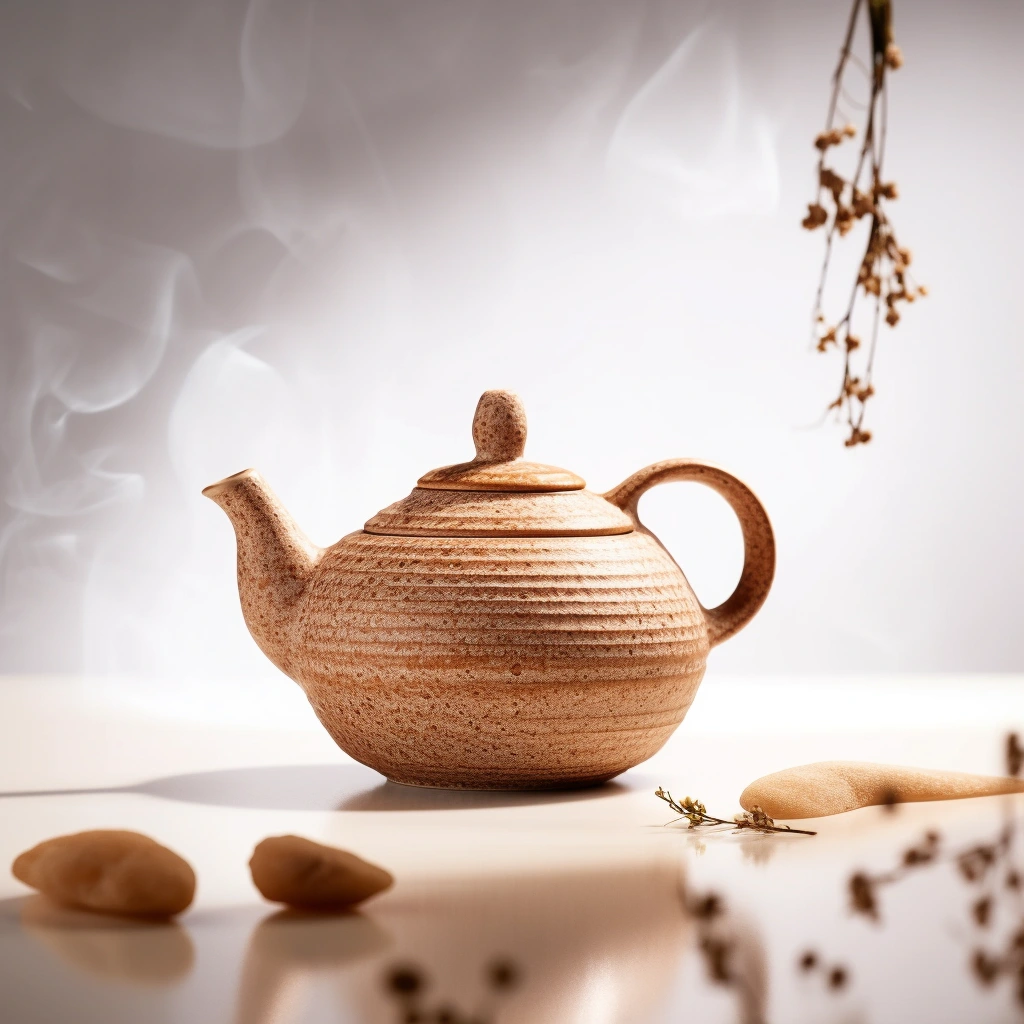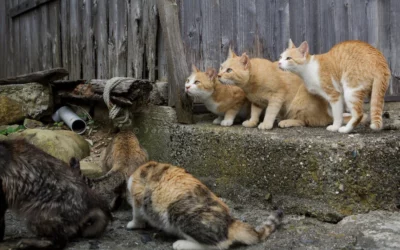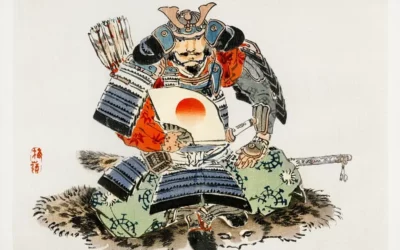In the heart of Japan’s rich culture, nestled between the folds of tradition and modernity, lies the humble Japanese teapot. More than a mere vessel for brewing tea, these teapots are a testament to the country’s deep-rooted tea-drinking customs and the artistry that goes into their creation. They are an integral part of the traditional Japanese tea ceremony, a ritual steeped in history and symbolism, where every element, including the teapot, has a specific role to play.
The history of tea drinking in Japan dates back to the 9th century, when it was first introduced by Buddhist monks returning from China. Over the centuries, this simple act of consuming tea evolved into a complex ceremony, a meditative practice that embodies the principles of harmony, respect, purity, and tranquility. The Japanese teapot, with its aesthetic appeal and craftsmanship, is a reflection of these principles. Each teapot is a work of art, meticulously crafted to enhance the tea-drinking experience, making it a cherished item in Japanese households and tea houses alike.
What is a Japanese Teapot?
A Japanese teapot, known as a “kyusu” in its native language, is a vessel specifically designed for brewing and serving Japanese green tea. Unlike its Western counterparts, a Japanese teapot is more than just a functional item. It’s a symbol of hospitality, a centerpiece in the art of tea-making, and a reflection of the host’s taste and personality. The design, material, and even the shape of the spout and handle are all meticulously chosen to enhance the flavor of the tea and the overall tea-drinking experience. A well-chosen tea pot is not just a functional item—it’s a centerpiece in the art of tea-making and a reflection of the host’s taste and personality
Japanese teapots come in a variety of types, each serving a different purpose and occasion. Some of the common types include the Yokode Kyusu, the most common type with a side handle, the Ushirode Kyusu with a rear handle, and the Houhin, used for brewing high-quality tea. Each type of teapot plays a unique role in the tea ceremony and everyday life in Japan, adding a layer of depth and sophistication to the simple act of drinking tea. Whether it’s a casual tea break or a formal tea ceremony, a Japanese teapot adds a touch of elegance and tradition to the occasion.
Types of Japanese Teapots
Japanese teapots, or “kyusu,” come in a variety of styles, each with its unique charm and purpose. The most common types include the Yokode Kyusu (横手急須), the Ushirode Kyusu (後手急須), the Houhin (宝瓶), and the Tetsubin (鉄瓶).
The Yokode Kyusu, with its side handle, is the most commonly used teapot in Japan, perfect for brewing green tea. The Ushirode Kyusu, with its rear handle, is similar to the Western-style teapot and is often used for serving guests. The Houhin, a small handle-less teapot, is typically used for brewing high-quality, delicate teas. Lastly, the Tetsubin, a cast iron teapot, is known for its heat retention properties and is often used to keep tea warm for longer periods.
Regional differences also play a role in the styles and materials of Japanese teapots. For instance, the Banko-yaki teapots from Mie Prefecture are known for their purple clay, while the Tokoname-yaki teapots from Aichi Prefecture are famous for their red clay. Each region brings its unique touch to the art of teapot making, adding to the diversity and richness of Japanese teapots. Also, Tokoname, a city in Aichi Prefecture, is one of Japan’s six ancient kilns and is renowned for its high-quality, handcrafted teapots.
| Teapot Type | Japanese Name | Unique Features | Best Suited For |
| Side Handle Teapot | Yokode Kyusu (横手急須) | Side handle, perfect for brewing green tea | Green Tea |
| Rear Handle Teapot | Ushirode Kyusu (後手急須) | Rear handle, similar to Western-style teapots | Serving Guests |
| Handle-less Teapot | Houhin (宝瓶) | Small, handle-less, used for brewing high-quality teas | Delicate Teas |
| Cast Iron Teapot | Tetsubin (鉄瓶) | Known for heat retention, keeps tea warm for longer periods | Keeping Tea Warm |
Yokode Kyusu (横手急須)
Ushirode Kyusu (後手急須)
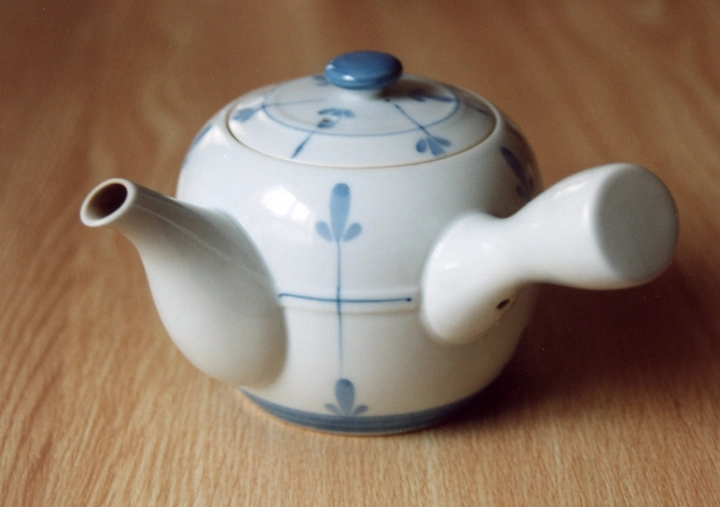
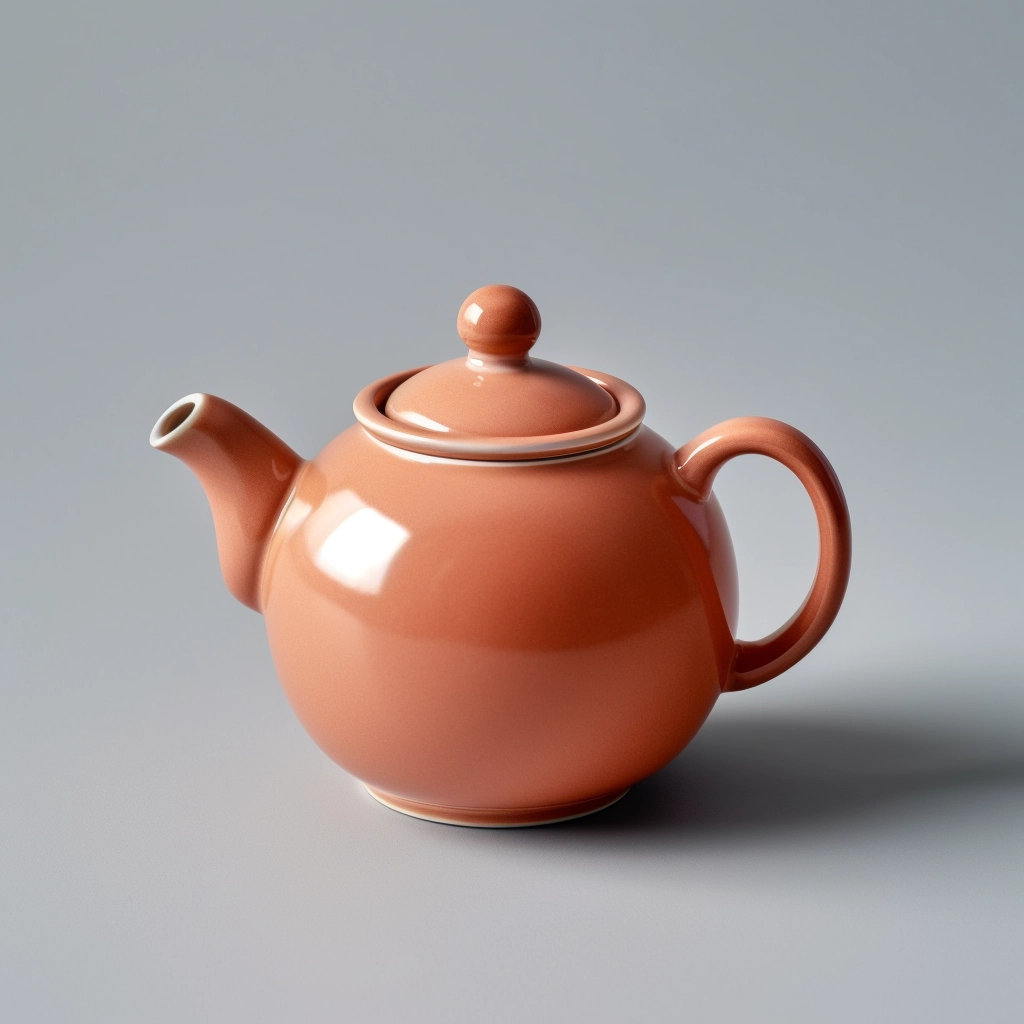
Houhin (宝瓶)
Tetsubin (鉄瓶)
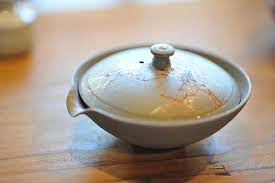
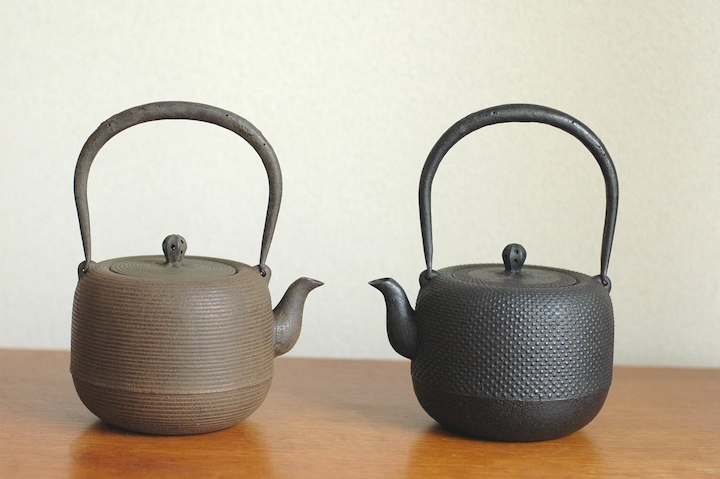
How to choose a Japanese Teapot
Choosing the right Japanese teapot is an art in itself, a process that requires a keen understanding of your tea-drinking habits, preferences, and the type of tea you usually drink. Key factors to consider include the material, shape, size, and filter type of the teapot.
The material of the teapot plays a significant role in the taste of the tea. Clay teapots, for instance, are known to enhance the flavor of the tea, making it richer and more robust. Porcelain teapots, on the other hand, do not alter the taste of the tea and are ideal for delicate teas that require a neutral vessel. Japanese ceramic teapots, with their intricate designs and craftsmanship, are a testament to Japan’s rich pottery tradition. They are known for their heat retention properties, are ideal for teas that require a higher brewing temperature.
When it comes to size, consider the number of people you usually serve. A larger teapot is ideal for serving multiple people, while a smaller one is perfect for a personal tea session. The shape of the teapot, particularly the spout and handle, can affect the pouring experience, so choose one that feels comfortable to hold and pour.
The filter type is another crucial factor. Some teapots come with a built-in clay filter, while others have a removable stainless steel one. Each has its pros and cons, so choose one that best suits your needs.
Here are some tips to help you choose the right teapot based on the type of tea you usually drink:
- For green tea: Choose a small to medium-sized teapot with a built-in clay or fine mesh stainless steel filter. Clay teapots are particularly good for enhancing the flavor of green tea.
- For black tea: A larger teapot with a stainless steel filter is ideal as black tea leaves need more space to expand and release their flavor.
- For delicate teas: Opt for a porcelain teapot as it does not alter the taste of the tea.
- For serving multiple people: Choose a larger teapot, preferably one with a handle that’s comfortable to hold and pour.
Investing in good-quality teaware, including a well-crafted Japanese teapot and matching teacups, can significantly enhance your tea-drinking experience.
Japanese Teapot Sizes
The size of a Japanese teapot is not just a matter of capacity—it can significantly influence the flavor and strength of your tea. The right size depends on the type of tea you’re brewing and the number of people you’re serving.
For instance, Japanese green tea, which is often steeped multiple times, is best brewed in a smaller teapot. This allows for better control over the steeping time and ensures that the tea leaves are fully submerged in water. On the other hand, black tea and Chinese tea, which require a longer steeping time, are better suited to larger teapots that allow the tea leaves to fully expand and release their flavors.
When considering the number of people you’re serving, a general rule of thumb is to have a teapot that can serve a small cup of tea for each person. So, if you’re often serving tea for two, a teapot with a capacity of around 400ml would be ideal. Remember, the goal is to enjoy the tea at its best, and the right te
pot size can make a significant difference in your tea-drinking experience.
Japanese Teapot Filters
The filter of a Japanese teapot plays a crucial role in the brewing process, affecting the flow of water and the infusion of tea leaves. There are two main types of filters used in Japanese teapots: clay and metal, each with its unique characteristics and impact on the brewing process.
Clay filters are often built into the teapot and have larger holes. They are ideal for larger tea leaves that don’t easily pass through the holes, such as Sencha or Hojicha. Clay filters also allow for a slower pour, which can enhance the flavor of the tea.
Metal filters, often made of stainless steel, are usually removable and have finer holes. They are suitable for teas with smaller leaves or buds that might slip through larger holes, such as Gyokuro or some types of Chinese tea. Metal filters allow for a faster pour, which can prevent over-extraction and bitterness.
Here are the main differences between clay and metal filters:
- Material: Clay filters are built into the teapot, while metal filters are usually removable.
- Hole Size: Clay filters have larger holes, while metal filters have finer holes.
- Pour Speed: Clay filters allow for a slower pour, while metal filters allow for a faster pour.
- Suitable Tea Types: Clay filters are ideal for larger tea leaves, while metal filters are suitable for smaller leaves or buds.
Maintaining the filters of your teapot is essential to ensure its longevity and the quality of your tea. After each use, remove any tea leaves and rinse the filter under running water. Avoid using soap or detergent as they can leave a residue that can affect the taste of your tea. Allow the filter and the teapot to dry thoroughly before storing to prevent mold and odors.
Choosing a Japanese Teacup
Choosing a Japanese teacup, much like selecting a teapot, is a process that requires careful consideration of several factors. The material, shape, and color of the teacup can all influence your tea-drinking experience. Here are some steps to guide you in choosing the perfect Japanese teacup:
- Material: Japanese teacups are typically made from porcelain, clay, or glass. Porcelain teacups, with their smooth and non-porous surface, do not alter the taste of the tea, making them ideal for delicate and aromatic teas. Clay teacups, on the other hand, can enhance the flavor of the tea, making them suitable for robust and full-bodied teas. Glass teacups, with their transparent nature, allow you to enjoy the color of the tea, adding a visual element to your tea-drinking experience.
- Shape: The shape of the teacup can affect the temperature and aroma of the tea. For instance, a teacup with a wide rim allows the tea to cool faster and releases more aroma, enhancing the sensory experience of drinking tea.
- Color: The color of the teacup can also enhance the visual appeal of the tea. Light-colored or white teacups are great for appreciating the color of the tea, while dark-colored or black teacups provide a striking contrast that can make the tea seem brighter.
Choosing the right tea cups is just as important as choosing the right teapot. The size, shape, and material of the tea cup can all influence the taste and aroma of the tea.
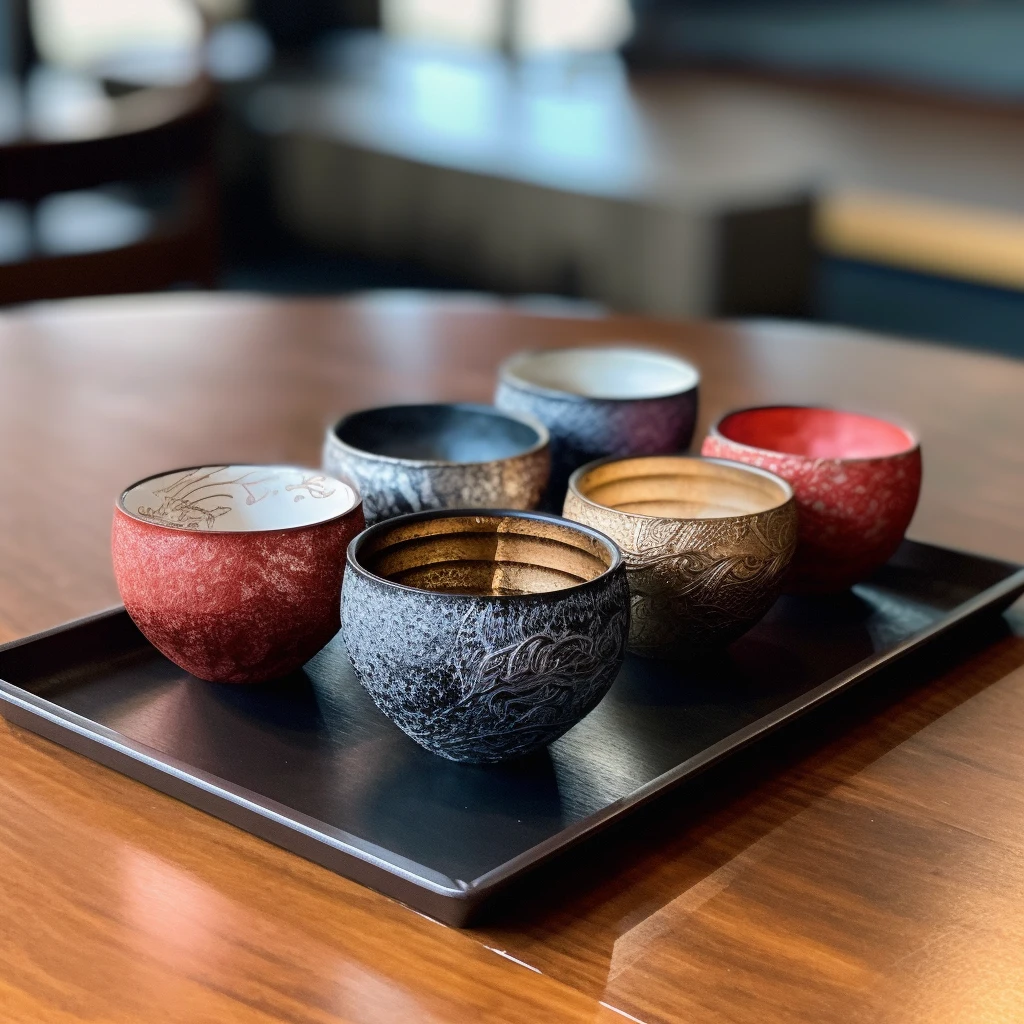
The differences between porcelain, clay, and glass teacups go beyond aesthetics. Porcelain teacups, with their smooth and glossy finish, offer a different tactile experience compared to the earthy and rustic feel of clay teacups. Glass teacups, on the other hand, add a modern touch to the traditional tea-drinking experience.
If you’re a fan of Matcha, the powdered green tea used in traditional Japanese tea ceremonies, consider getting a chawan, a special type of teacup used for preparing and drinking Matcha.
The role of teacups in the overall aesthetic of tea drinking cannot be overstated. A well-chosen teacup not only enhances the flavor and aroma of the tea but also adds to the visual and tactile enjoyment of tea drinking, making it a holistic sensory experience. In addition to the teapot, there are various accessories that can enhance your tea-drinking experience, such as tea scoops, tea caddies, and tea trays.
Choosing the Best Japanese Tea Set for Your Favorite Green Tea
Choosing the best Japanese tea set for your favorite green tea is a delightful journey that combines personal taste, practicality, and an appreciation for the art of tea. A typical Japanese tea set includes a teapot and matching teacups, and may also include a tea caddy for storing tea leaves, a tea scoop for measuring tea leaves, and a tray for serving.
The first step in choosing the best tea set is to consider the type of green tea you usually drink. Different types of green tea require different brewing temperatures and times, which can be influenced by the material and size of the teapot. For instance, Sencha, the most common type of Japanese green tea, is best brewed in a small to medium-sized clay teapot, which can enhance its flavor.
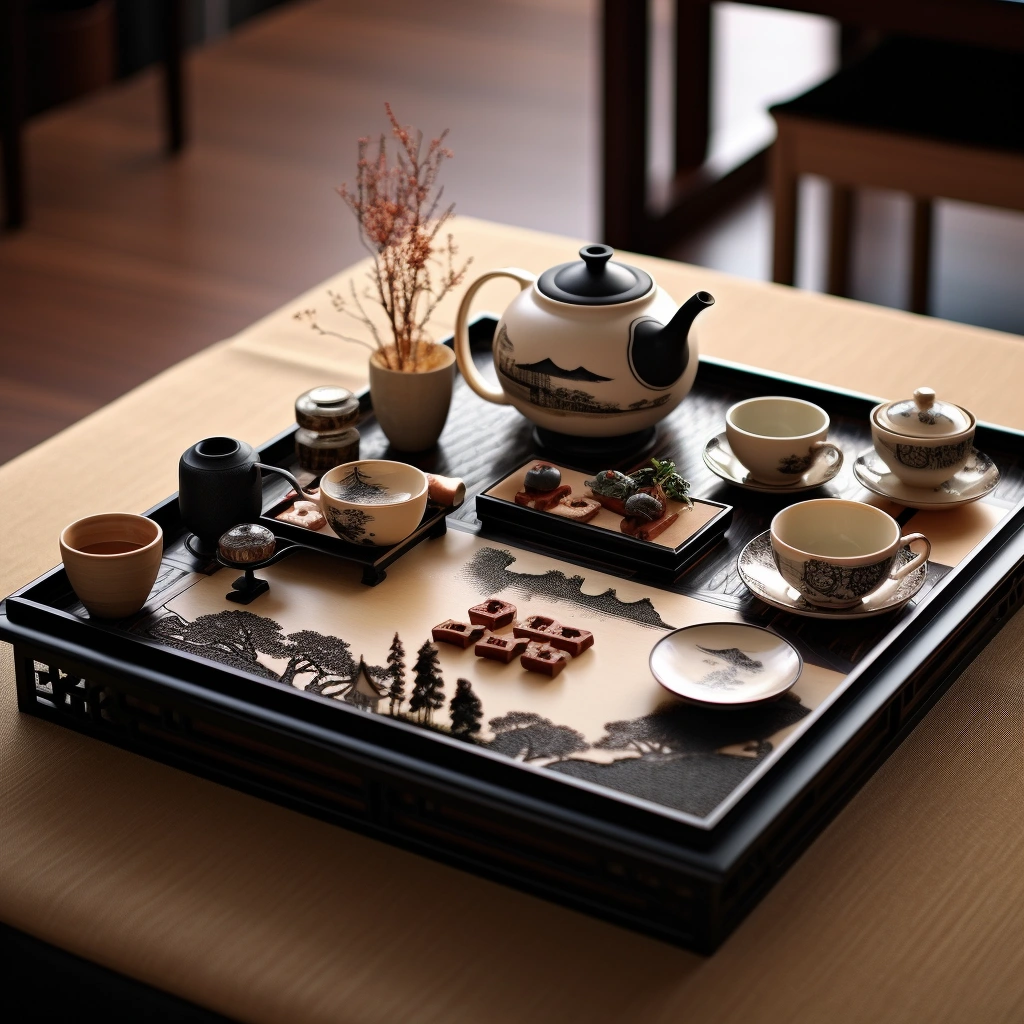
Next, consider the number of people you usually serve. If you often enjoy tea alone or with one other person, a tea set with one or two teacups would be ideal. If you frequently host tea parties, consider a larger tea set with more teacups.
To complement your tea-drinking experience, why not explore the different types of Japanese Tuna and learn how to enjoy them in various Japanese dishes? You can also learn for about Japanese noodles to complete your dishes.
Finally, consider your aesthetic preferences. Japanese tea sets come in a variety of styles, from the rustic charm of Bizen-yaki tea sets to the elegant simplicity of white porcelain tea sets. Choose a style that resonates with you and complements your tea-drinking environment.

